An Ultimate Guide to Camera Angles in Photography
Imagine yourself standing on a breathtaking mountaintop, surrounded by stunning natural scenery. As you look out at the world before you, you feel a sense of awe and wonder, and you instinctively reach for your camera to capture the beauty before your eyes.
But how do you ensure that your photographs do justice to the majesty of the moment? The answer lies in understanding camera angles and how they can change the way we perceive an image.
In this guide, we'll explore the importance of camera angles in photography and delve into various techniques that photographers can use to create awe-inspiring visual works.
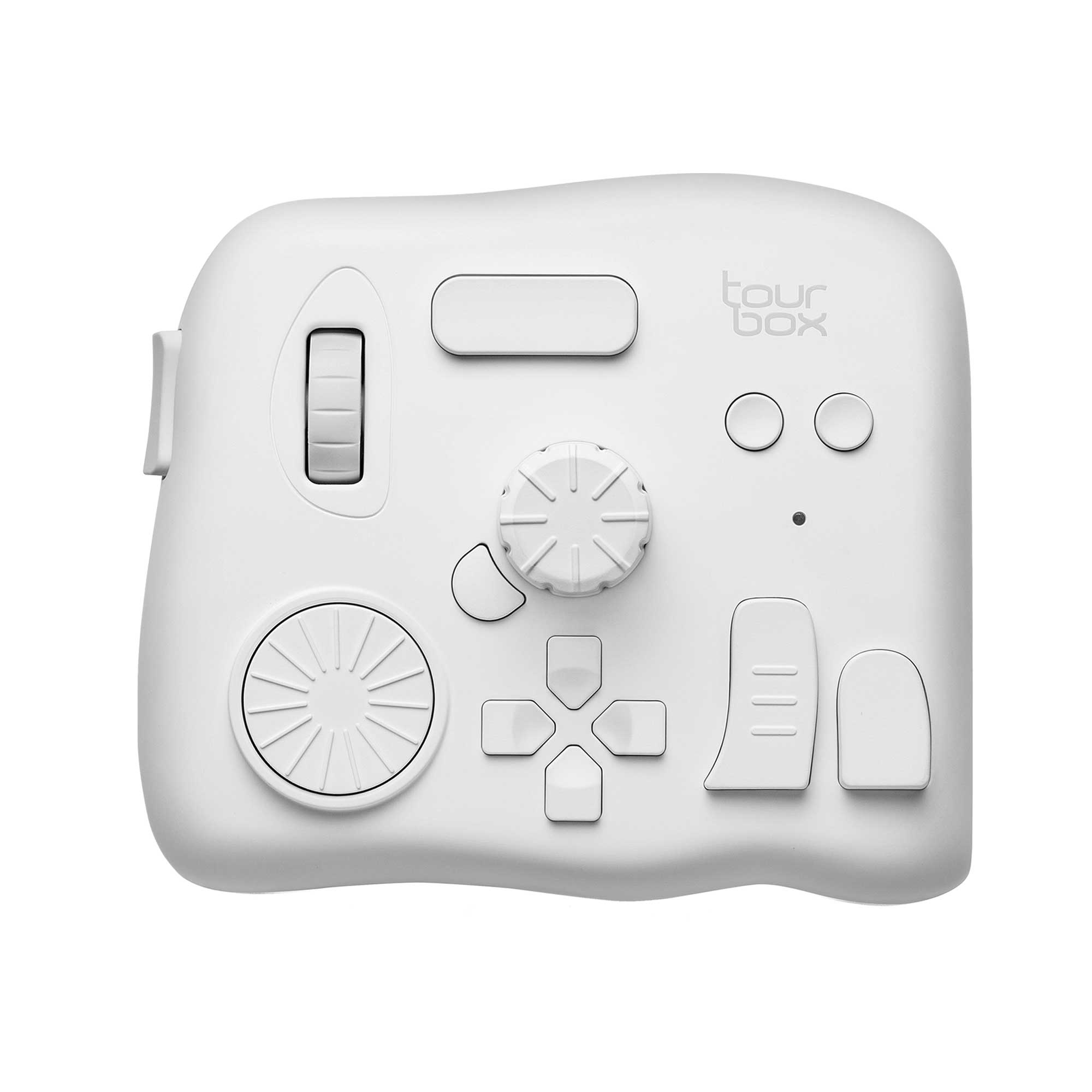
In this article, you will learn:
How to Understand Camera Angles and Perspective
Have you ever wondered why some photos seem to draw you in, while others leave you feeling disconnected?
One of the key factors that can make or break a photo is the camera angle. By simply changing the position of the camera relative to the subject, you can completely alter the mood, message, and impact of your photos.
Camera angles are a crucial aspect of photography that can make all the difference in the final outcome of a photo. They can transform an ordinary scene into an extraordinary work of art, evoking different emotions and telling different stories.
Mastering the use of camera angles is an essential skill for any photographer who wants to capture stunning and captivating images.
But with so many different types of photography out there, how do you know which camera angles to use for the best results?
In this section, we'll explore the fascinating world of camera angles and perspective, and show you how to choose the right angles for different types of photography.
Camera Angles in Portrait Photography
The way a person is photographed can change how their face and body look. To make them look good, it's best to take photos from a slightly higher angle than their eyes.
High camera angles can be beneficial in portrait photography for a few reasons:
- Flattering Perspective: Shooting from a higher angle can help to elongate the subject's face and body, making them appear slimmer and more flattering in the final image.
- Eliminate Double Chin: A high angle also helps to eliminate or minimize the appearance of a double chin, which can be a common concern for many subjects.
- Highlight Eyes: When shooting from a high angle, the subject's eyes are often more prominent in the frame, which can create a more compelling and engaging portrait.
- Simplify Background: Shooting from a high angle can also help to simplify the background by minimizing distracting elements and creating a more minimalist look to the overall composition.
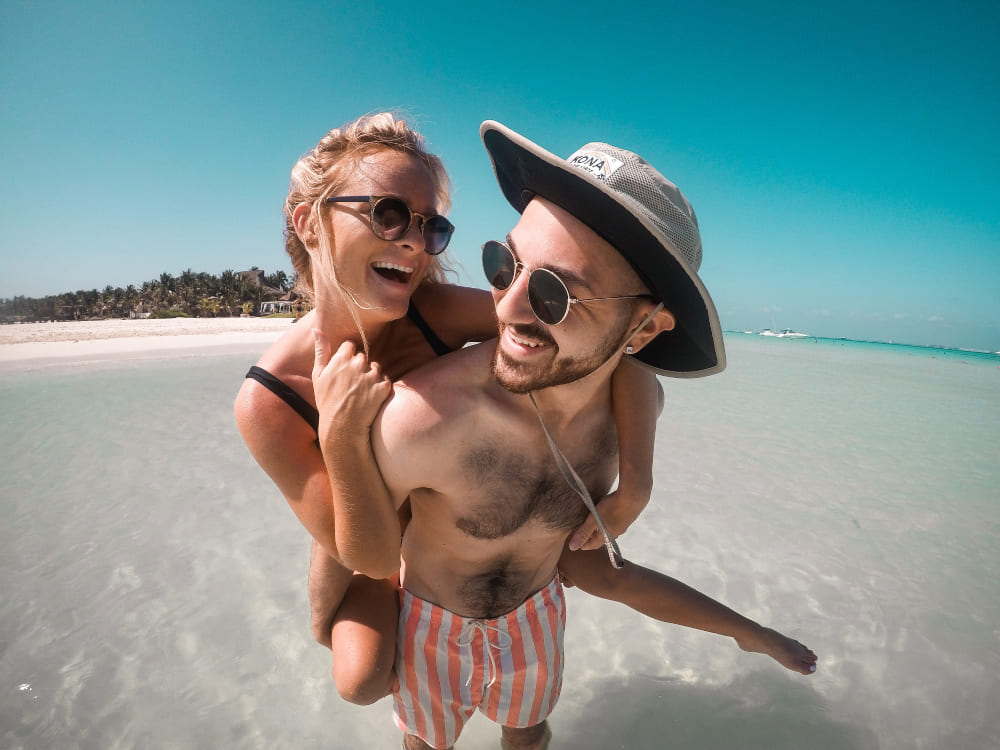
High Camera Angle in Portrait Photography
However, it's important to note that high camera angles aren't always the best choice for every portrait. In portrait photography, the angle of the shot also affects the emotion, feel, and story of the image.
Low camera angles can be beneficial in portrait photography for a few reasons:
- Dramatic Effect: Shooting from a low angle can create a more dramatic and powerful image, especially when combined with a wide-angle lens.
- Emphasize Height: A low angle can also make the subject appear taller and more imposing, which can be useful for certain types of portraits, such as those of athletes or performers.
- Unique Perspective: Shooting from a low angle can provide a unique and less common perspective, which can help the image to stand out and be more memorable.
- Highlight Sky: A low angle can also emphasize the sky or other elements in the background, which can add visual interest and texture to the image.
However, it's important to note that low camera angles can also have some drawbacks, such as the potential for distortion or unflattering perspectives on certain features, like the chin or nose.
As with high camera angles, it's important to consider the subject's features and the overall mood and tone of the image to determine the most appropriate angle for capturing the desired effect.
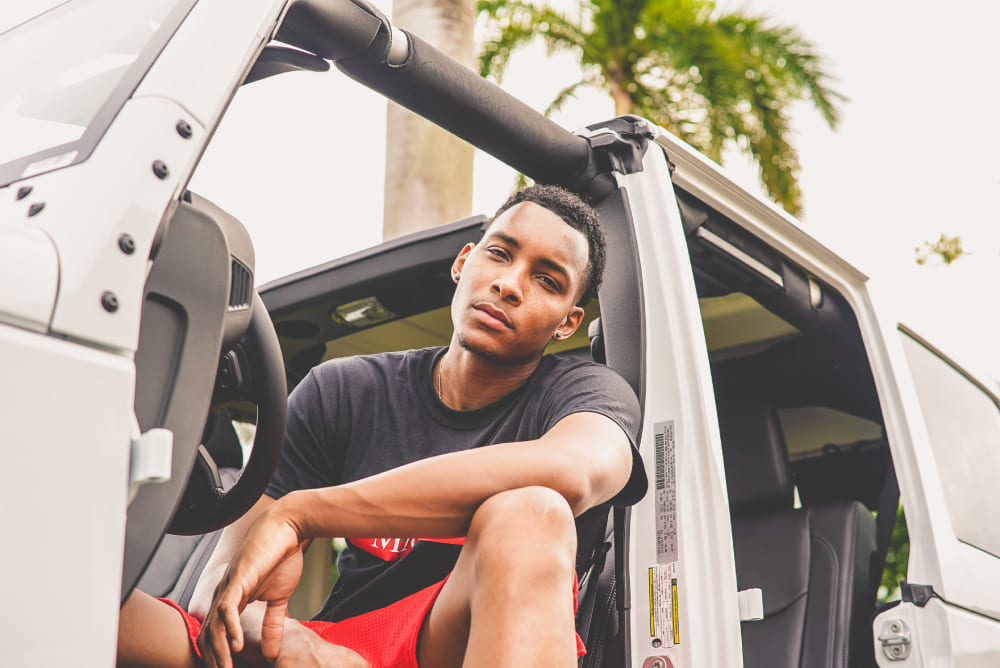
Low Angle Shots Make the Men More Powerful
Camera Angles in News and Documentary Photography
In news and documentary photography, the choice of shooting angle is crucial in conveying the desired emotion and message to the viewer. Different camera angles can produce different visual effects that can impact the overall tone and meaning of the image.
A low-angle shot, for example, can create a sense of power and dominance. This type of shot is often used in protest photography to capture the energy and determination of the crowd. By shooting from a low angle, the photographer can emphasize the size and strength of the group, creating a sense of unity and solidarity.
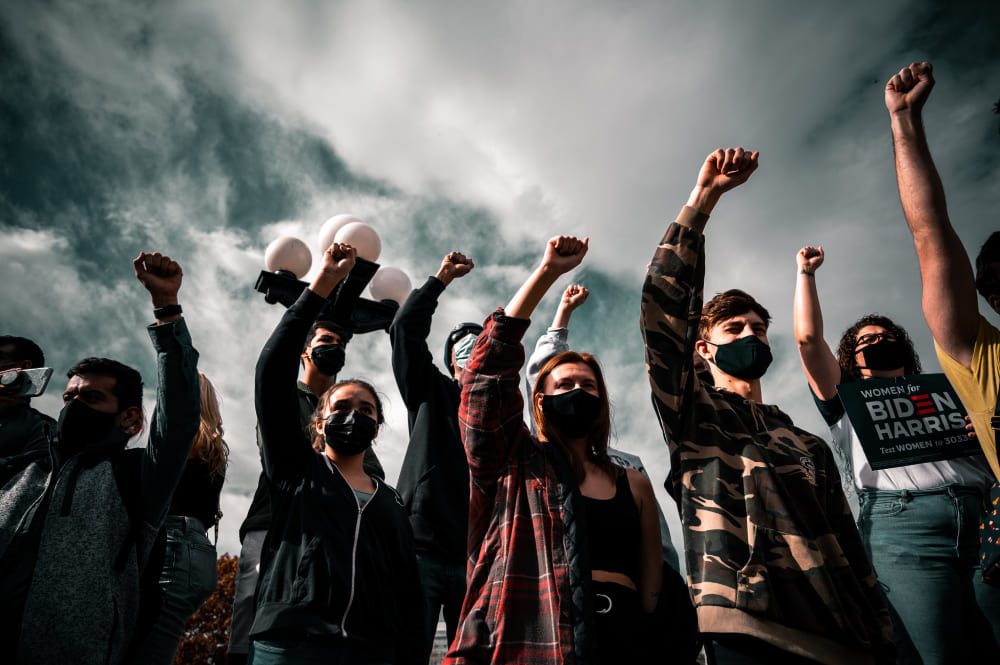
Low Camera Angle in News Photography
On the other hand, a high-angle shot can produce a sense of vulnerability and insignificance. This type of shot is often used in disaster photography to show the devastation and human impact of a natural disaster or other tragic event.
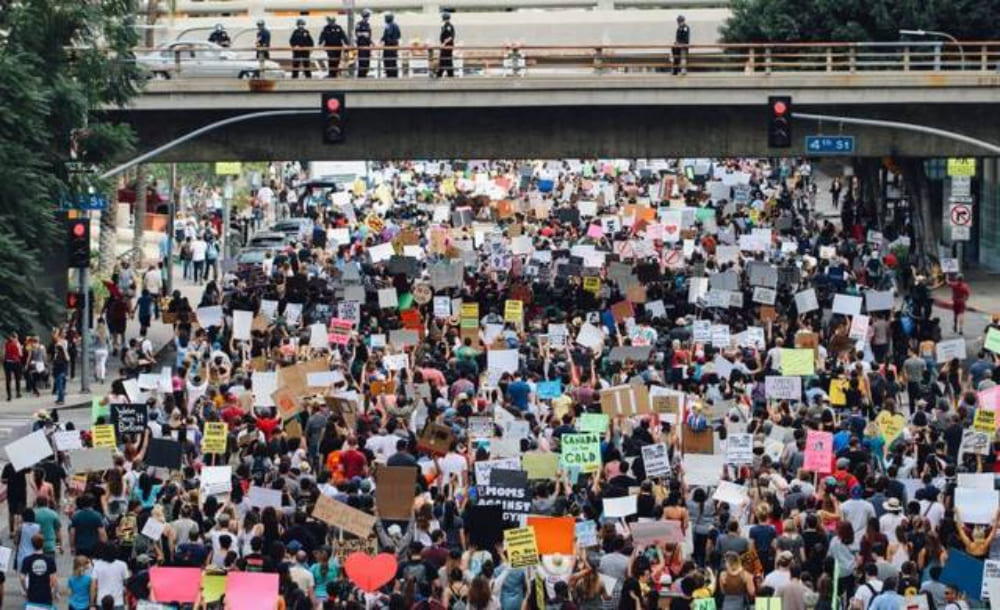
High Camera Angle in News Photography
In news photography, the shooting angle can also be used to highlight important details or convey a sense of urgency and emotion.
For example, a close-up shot can capture the emotions and facial expressions of a subject, adding depth and interest to the image. A wide-angle shot can show the context and environment of the scene, providing important context and visual information to the viewer.
Camera Angles in Kids Photography
When photographing children, it's important to capture their playful and energetic nature. Rather than focusing solely on posed shots, candid photos that capture the child's actions and storytelling can be more impactful.
To achieve this, consider taking close-up shots from a low angle. This technique emphasizes the child's perspective and can create a sense of fun and excitement in the final image. By shooting from a low angle, the photographer can capture the child's energy and authenticity, creating a more engaging and memorable photo.
Additionally, using a wide-angle lens can help to create a sense of context and environment, adding depth and interest to the composition. Ultimately, the key to successful children's photography is to have fun and be creative, capturing the unique spirit and personality of each child in every shot.
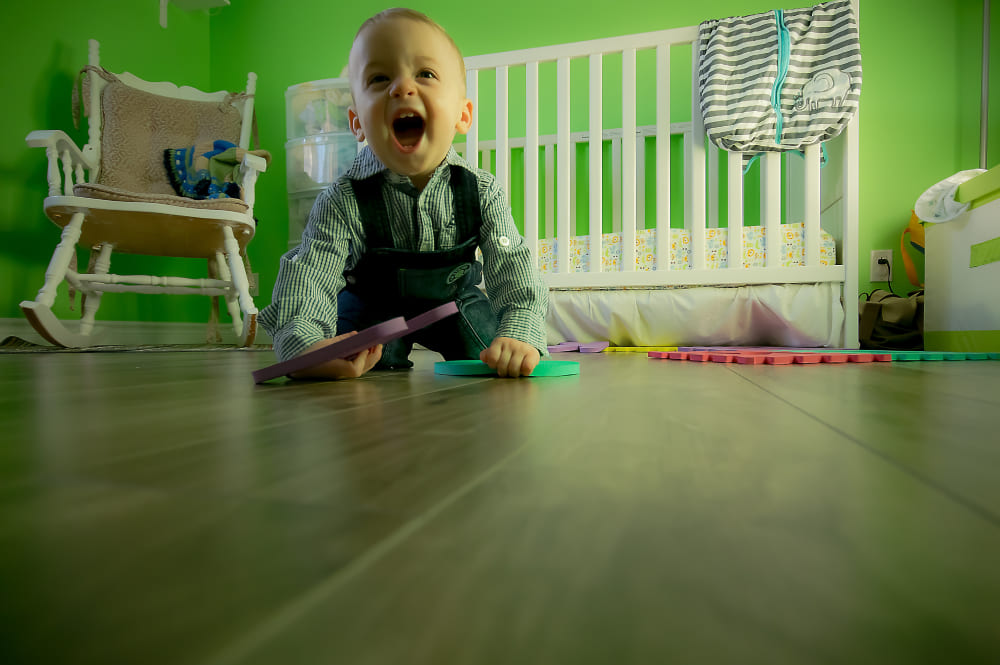
Low Camera Angle in Kids Photography
Camera Angles in Architectural Photography
In architectural and real estate photography, the choice of shooting angle is crucial in conveying the desired perception and message to the viewer. Different camera angles can produce different visual effects that can impact the overall impression and interpretation of the building.
Shooting from a low angle, for example, can create a sense of grandeur and impressiveness. This type of shot is often used to capture skyscrapers or other tall buildings, emphasizing their height and size.
By shooting from a low angle, the photographer can also create a sense of depth and scale, making the building appear more imposing and dominant in the frame.
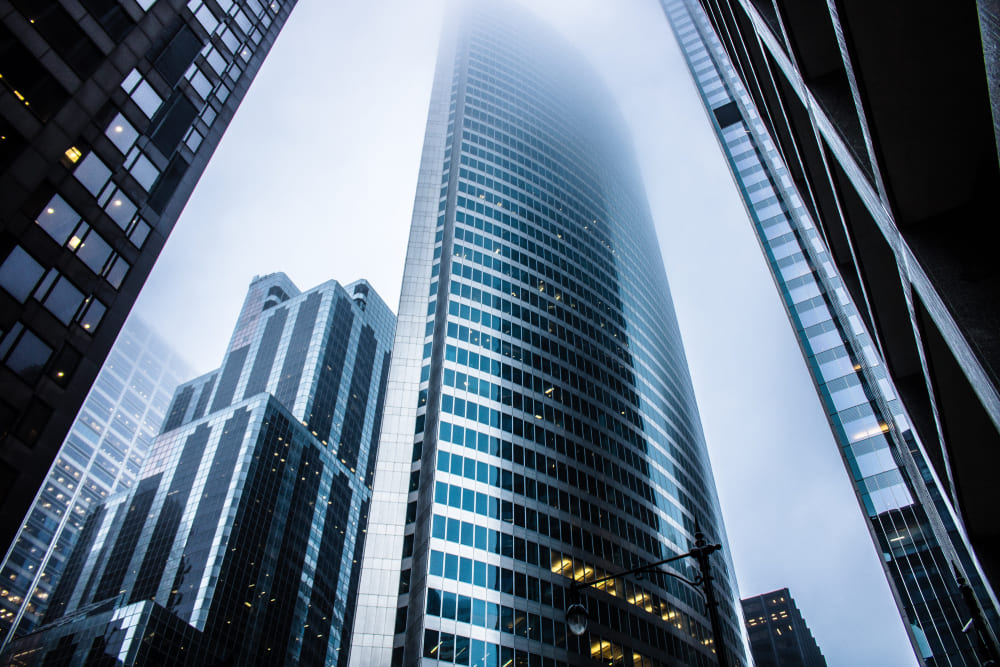
Low Camera Angle in Architectural Photography
On the other hand, a high-angle shot can provide a broader view and showcase the building's relationship with the surrounding environment. This type of shot is often used to capture the building's shape and structure, as well as its context within the city or landscape.
Shooting from a high angle can also be effective in creating symmetry and balance in the composition, drawing the viewer's attention to the key features of the building.
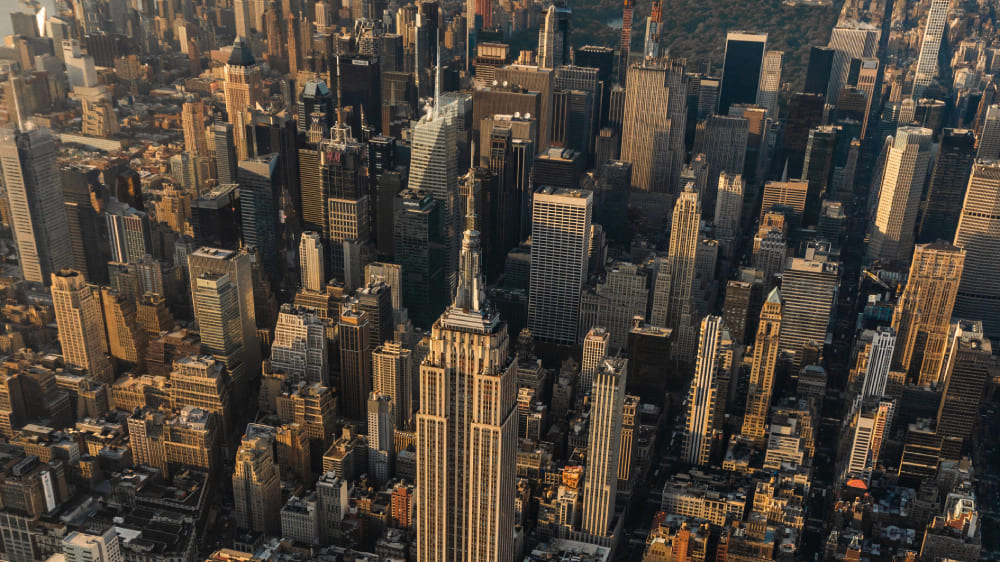
High Camera Angle in Architectural Photography
Camera Angles in Landscape Photography
When taking photos of landscapes, the camera angle can have a big impact on the final image.
Shooting from a low angle, such as close to the ground, can bring attention to the foreground of the scene, like flowers or rocks, and create a sense of depth and distance in the image. This technique can make the viewer feel like they are a part of the landscape.
Alternatively, shooting from a higher angle can provide a wider view of the landscape, emphasizing the scale and grandeur of the overall scene. This can be useful when trying to capture a vast landscape, like a mountain range or a beach, as it allows the viewer to see the entire expanse of the scene.
It's important to consider the mood and feeling you want to convey in the final image when choosing the camera angle.
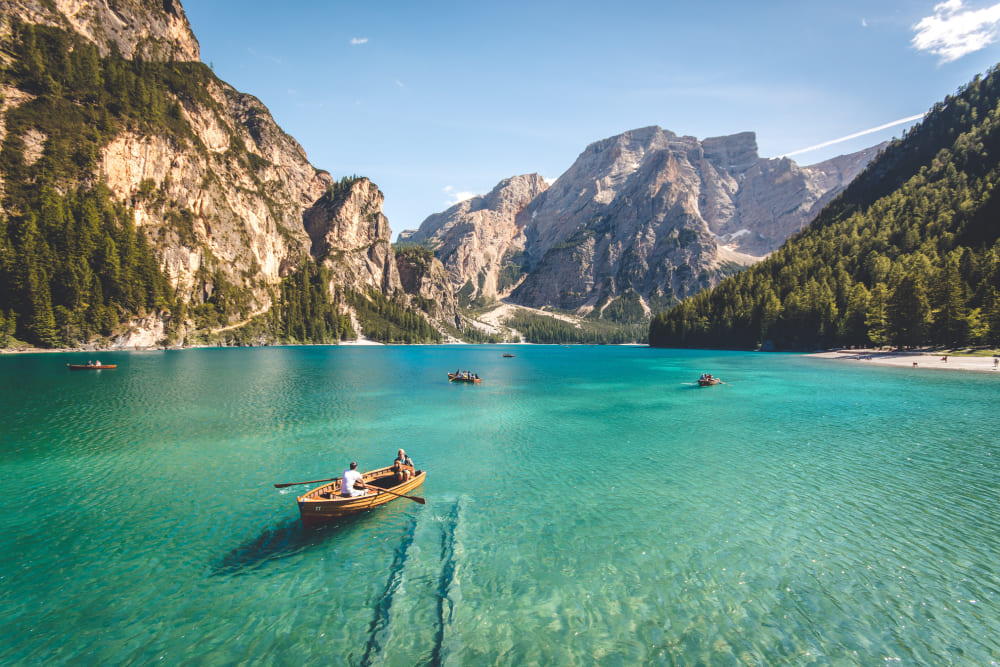
High Camera Angle in Landscape Photography
Final Thoughts About Camera Angles
In photography, various technical factors can affect the camera angle and perspective, including focal length and lens selection. Choosing the right lens can have a significant impact on the final image.
For example, using a wide-angle lens can enhance the depth of a photo, making it feel more expansive and immersive. This is especially useful for landscape and architectural photography, where the goal is often to capture as much of the scene as possible.
In addition to lens selection, adjusting the aperture and shutter speed can also help achieve specific shooting angles.
A wide aperture can create a shallow depth of field, blurring the background and drawing attention to the subject. Meanwhile, a slower shutter speed can create motion blur, adding a sense of movement and energy to the image.
It is crucial to explore various camera angles and methods to perfect the skill of perspective in photography. By trying out different angles and lenses, photographers can create unique and impactful compositions that tell a story and capture the essence of the subject.
It's also important to consider the mood and feeling you want to convey in the final image, as different angles and techniques can create different emotional responses in the viewer.
After taking a photo, it can be helpful to consider taking the same photo again from a lower angle and then from a higher angle. This way, you have multiple options, and you may be pleasantly surprised to find that your initial idea is improved by a subtle change in the shooting angle.
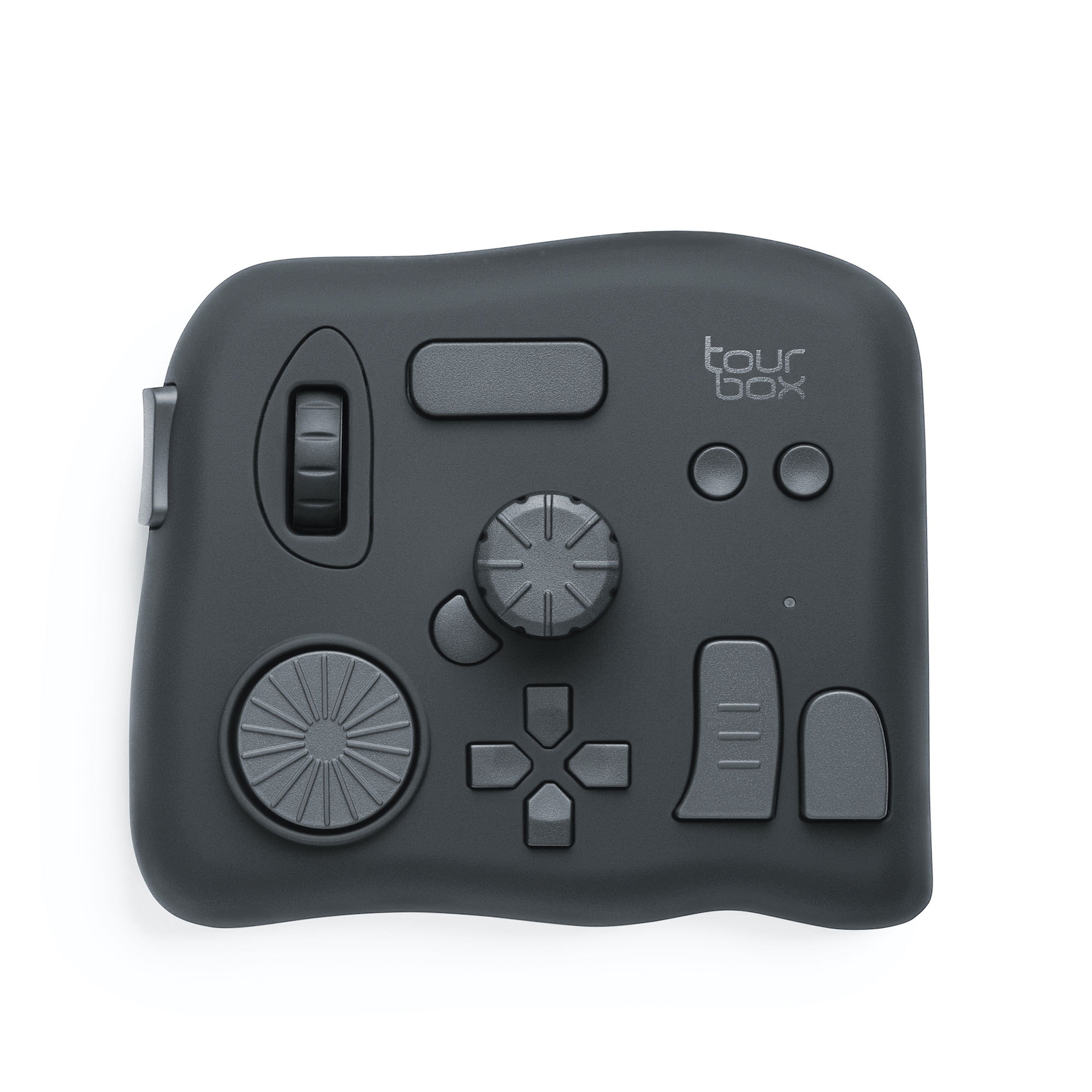
Furthermore, by integrating TourBox into your post-production workflow, you can significantly reduce the time spent on editing. This means more time behind the lens, focusing on capturing those perfect moments, and less time in front of the screen, tweaking parameters.
TourBox is an innovative photo editing tool that can greatly improve your post-processing workflow. With TourBox, you can customize buttons and dials to perform a wide range of functions, such as adjusting exposure, contrast, and saturation, or applying filters and presets. This allows you to work more efficiently and creatively, and achieve the desired results with greater precision and speed.